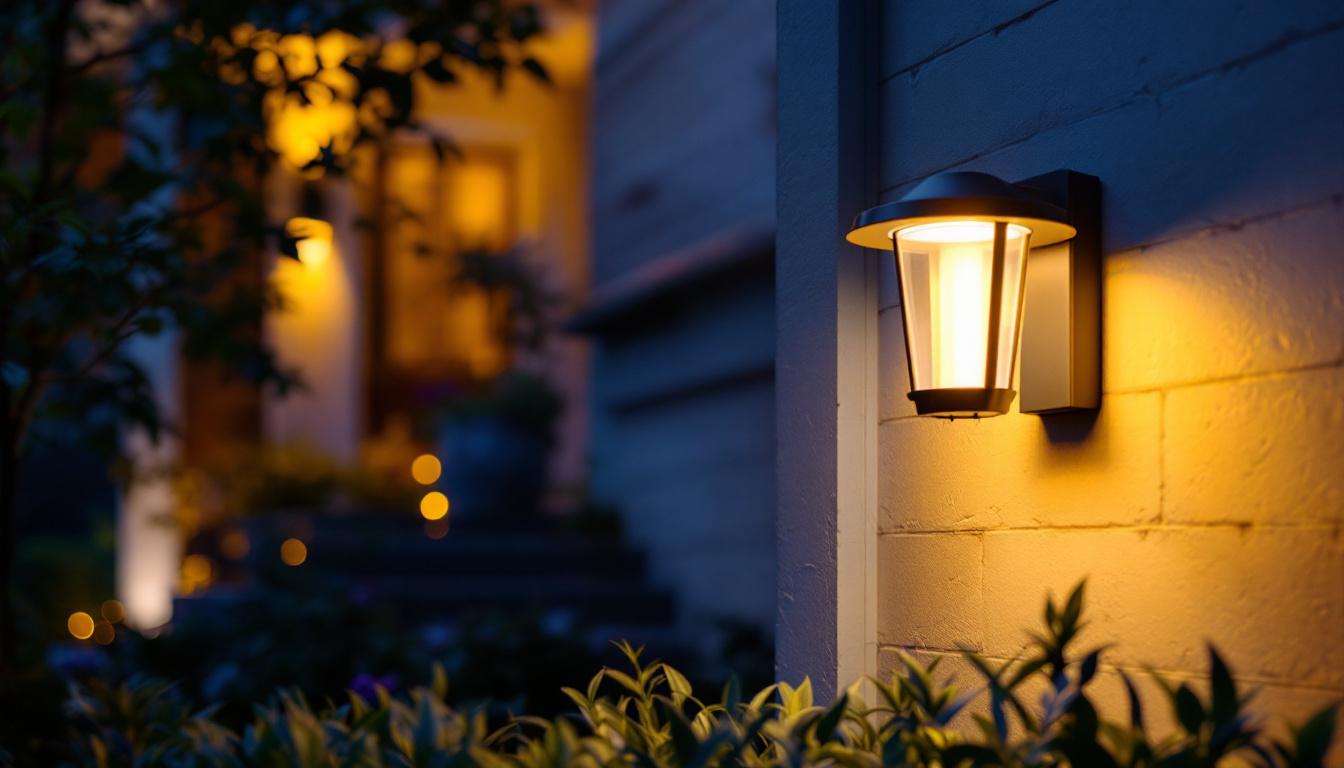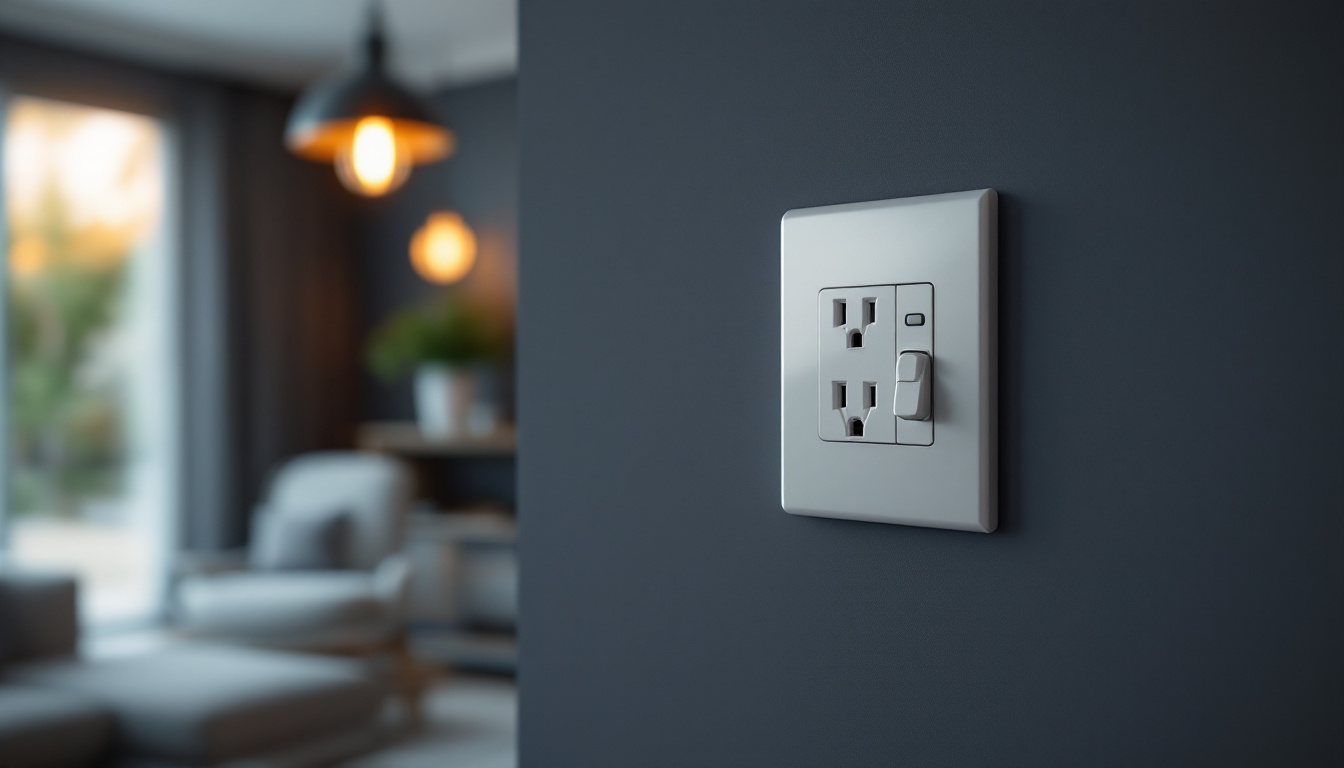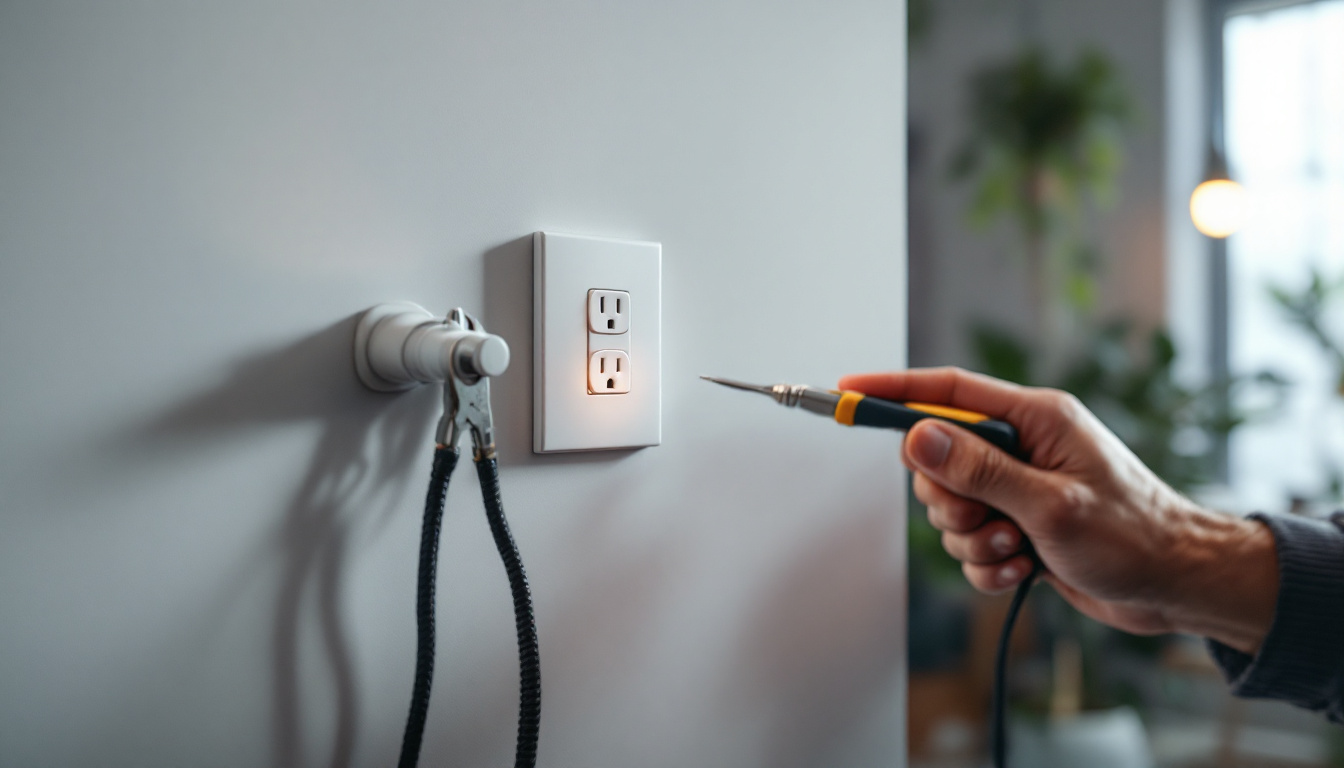
In the ever-evolving world of lighting technology, LED bulbs have emerged as a game-changer. For lighting contractors, understanding the intricacies of LED lighting is essential for delivering high-quality installations and ensuring customer satisfaction. This guide aims to provide valuable insights into bright LED light bulbs, covering their benefits, types, installation considerations, and maintenance tips.
LED (Light Emitting Diode) technology has revolutionized the lighting industry, offering numerous advantages over traditional incandescent and fluorescent bulbs. Understanding these benefits can help contractors make informed decisions when recommending lighting solutions to clients.
One of the most significant advantages of LED bulbs is their energy efficiency. LEDs consume significantly less electricity compared to incandescent bulbs, often using up to 80% less energy. This translates to lower utility bills for clients and a reduced carbon footprint, making LED lighting an environmentally friendly choice.
Moreover, the longevity of LED bulbs further enhances their cost-effectiveness. With lifespans ranging from 15,000 to 50,000 hours, LEDs outlast traditional lighting options, reducing the frequency of replacements and maintenance costs. In commercial settings, this can lead to substantial savings over time, allowing businesses to allocate their budgets toward other critical areas of operation.
LED bulbs provide high-quality light output, with options available in various color temperatures. This versatility allows contractors to tailor lighting solutions to meet specific client preferences and requirements. Whether a warm, cozy ambiance is desired or a bright, daylight-like effect, there is an LED option to suit every need.
Additionally, LEDs offer excellent color rendering capabilities, ensuring that colors appear vibrant and true to life. This feature is particularly important in settings such as retail spaces and art galleries, where accurate color representation is crucial. The ability to enhance the visual appeal of products or artwork can significantly influence customer perception and purchasing decisions, making LED lighting a strategic choice for businesses aiming to improve their sales and customer experience.
LED bulbs are built to last, featuring robust construction that is resistant to shocks, vibrations, and extreme temperatures. This durability makes them ideal for various applications, including outdoor and industrial settings where traditional bulbs might fail.
Furthermore, LEDs do not contain hazardous materials like mercury, which is commonly found in fluorescent bulbs. This safety aspect not only simplifies disposal but also reduces health risks associated with broken bulbs. Additionally, the lower heat output of LEDs minimizes the risk of burns or fire hazards, making them a safer option for homes and workplaces alike. As a result, clients can enjoy peace of mind knowing that their lighting choices contribute to a safer environment for everyone.
As a lighting contractor, familiarity with the different types of LED bulbs available is essential for providing the best solutions to clients. Each type has its unique applications and benefits, making it crucial to understand their characteristics.
The A19 LED bulb is the most common type used in residential settings. With a standard shape and size, these bulbs are designed to fit into most fixtures, making them a versatile choice for general lighting. They are available in various wattages and color temperatures, catering to different lighting needs.
Contractors often recommend A19 bulbs for living rooms, bedrooms, and kitchens, where a warm, inviting glow is desired. Their compatibility with dimmer switches also adds to their appeal, allowing homeowners to adjust lighting levels according to their preferences. Additionally, A19 bulbs are known for their long lifespan, often lasting up to 25,000 hours, which means fewer replacements and lower maintenance costs over time. This durability not only benefits homeowners but also enhances the contractor’s reputation for recommending reliable products.
PAR (Parabolic Aluminized Reflector) and BR (Bulged Reflector) LED bulbs are designed for directional lighting applications. These bulbs are ideal for recessed lighting, track lighting, and outdoor floodlights, providing focused beams of light that enhance visibility in specific areas.
PAR bulbs are particularly popular in commercial settings, such as retail stores and galleries, where highlighting products or artwork is essential. Their ability to produce high-intensity light while maintaining energy efficiency makes them a preferred choice for many contractors. Furthermore, the variety of beam angles available allows contractors to tailor lighting designs to meet specific needs, whether it’s creating a dramatic spotlight effect or providing broader illumination for larger spaces. This adaptability makes PAR and BR bulbs invaluable tools in a contractor’s lighting arsenal.
Smart LED bulbs represent the latest innovation in lighting technology, offering features that allow users to control their lighting remotely via smartphones or voice-activated devices. These bulbs can be programmed for different lighting scenarios, schedules, and even color changes, providing unmatched flexibility and convenience.
For contractors, recommending smart LED solutions can enhance the overall value of a lighting installation. As more homeowners embrace smart home technology, incorporating smart LEDs into projects can set contractors apart from competitors. Moreover, many smart LED bulbs offer energy monitoring features, enabling homeowners to track their energy consumption and make informed decisions about their usage. This not only promotes energy conservation but also aligns with the growing trend of sustainability in home design, making smart LEDs a compelling choice for environmentally conscious clients.
Proper installation is crucial for maximizing the performance and lifespan of LED bulbs. Lighting contractors must be aware of various factors that can influence the effectiveness of an LED lighting system.
Before installing LED bulbs, it is essential to assess the compatibility of existing fixtures. While most LED bulbs are designed to fit standard sockets, some older fixtures may not be suitable for LED technology. For instance, dimmable LED bulbs require compatible dimmer switches to function correctly.
Contractors should also consider the thermal management of fixtures. LEDs generate less heat than traditional bulbs, but inadequate ventilation can lead to overheating and reduced lifespan. Ensuring proper airflow around LED fixtures is vital for optimal performance.
When selecting LED bulbs, understanding wattage and lumens is key. Unlike traditional bulbs, which are often rated by wattage, LEDs are rated by lumens, which measure light output. A higher lumen rating indicates brighter light, allowing contractors to choose the appropriate bulbs for different applications.
Contractors should educate clients about the difference between wattage and lumens to help them make informed choices. For instance, a 10-watt LED bulb can produce the same amount of light as a 60-watt incandescent bulb, demonstrating the energy-saving potential of LEDs.
Effective lighting design is crucial for creating functional and aesthetically pleasing spaces. Contractors should consider factors such as room size, color schemes, and the intended use of the space when planning lighting layouts.
Utilizing a combination of ambient, task, and accent lighting can enhance the overall effectiveness of an LED lighting system. Contractors should also take into account the positioning of fixtures to minimize shadows and ensure even light distribution throughout the area.
While LED bulbs are known for their longevity and low maintenance requirements, occasional issues may arise. Understanding common problems and their solutions can help contractors provide better service to clients.
Flickering or dimming in LED bulbs can be caused by several factors, including incompatible dimmer switches, voltage fluctuations, or poor connections. Contractors should first check the compatibility of dimmers and replace them with LED-compatible options if necessary.
If the issue persists, examining the wiring and connections may reveal loose or damaged components that require attention. Ensuring a stable power supply is also essential for preventing flickering in LED installations.
Although LEDs require minimal maintenance, regular cleaning can help maintain their performance and appearance. Dust and dirt can accumulate on the surface of bulbs and fixtures, reducing light output and efficiency.
Contractors should advise clients to clean LED fixtures with a soft, damp cloth and avoid harsh chemicals that could damage the bulbs. Regular inspections can also help identify any potential issues before they become significant problems.
The LED lighting industry continues to evolve, with new technologies and innovations emerging regularly. Staying informed about these trends can help contractors remain competitive and offer cutting-edge solutions to clients.
Human-centric lighting focuses on creating environments that support human well-being and productivity. This approach considers factors such as color temperature and intensity, mimicking natural daylight to enhance mood and alertness.
Contractors can incorporate human-centric lighting principles into their designs, creating spaces that promote comfort and productivity. This trend is particularly relevant in workplaces, schools, and healthcare facilities, where lighting can significantly impact performance and well-being.
The integration of LED lighting with Internet of Things (IoT) technology is set to revolutionize the industry. Smart lighting systems that can be controlled remotely and programmed for specific scenarios are becoming increasingly popular among homeowners and businesses alike.
Contractors should familiarize themselves with IoT-enabled lighting solutions to offer clients the latest advancements in lighting technology. This knowledge can enhance service offerings and position contractors as experts in smart lighting solutions.
Bright LED light bulbs represent a significant advancement in lighting technology, offering numerous benefits for both contractors and clients. By understanding the advantages, types, installation considerations, and maintenance of LED lighting, contractors can provide exceptional service and create effective lighting solutions tailored to individual needs.
As the industry continues to evolve, staying informed about emerging trends and technologies will be crucial for contractors looking to remain competitive. Embracing the potential of LED lighting can lead to enhanced customer satisfaction and long-term success in the lighting contracting business.
Ready to elevate your lighting installations with the most efficient and cost-effective solutions? Look no further than LumenWholesale. We provide lighting contractors with an unparalleled selection of spec-grade LED bulbs that meet the highest industry standards. Our commitment to quality and affordability ensures you get the best value for your bulk purchases, with the convenience of free shipping and no hidden fees. Don’t compromise on quality or price. Wholesale Lighting at the Best Value is just a click away. Partner with LumenWholesale today and light up your projects with confidence.

Discover how contemporary light switches are revolutionizing the lighting industry and becoming a crucial factor in securing more contracts.

Discover how to future-proof your outdoor lighting projects with LED porch lights.

Explore the essential role of duplex receptacles in modern lighting solutions, highlighting their functionality, versatility, and impact on energy efficiency and smart home integration.

Discover how outlet light switches can revolutionize efficiency for lighting contractors.